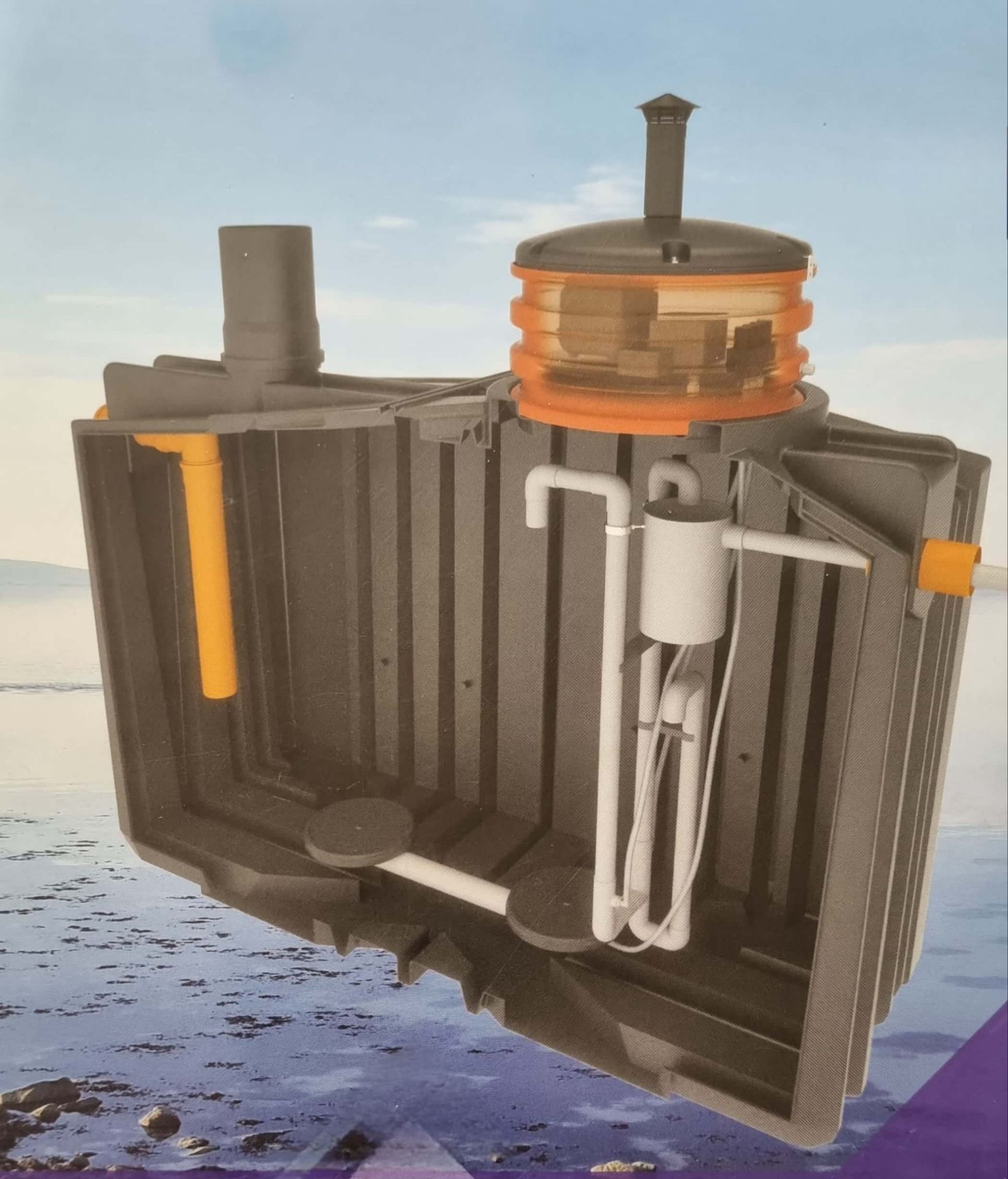DAF
Wastewater treatment by DAF method: Wastewater treatment by DAF method is flotation with the help of dissolved air. Flotation is a pretreatment operation of wastewater. Application of DAF system for industrial wastewater such as wastewater from sugar factories, starch, dairy farms, huge industrial kitchens, oil refineries, food and chips industries, oil industries, etc. Flotation is one of the operations used to separate solid or liquid particles from a liquid phase. Floatable materials (mainly non-emulsified oils and organic materials) are usually more important in the design of pre-treatment equipment in the industry than settleable materials. For this purpose, water-oil separation equipment is used instead of primary settling tanks in most refineries, chemical units and other industrial workshops. Wastewater is first covered in a closed tank and stored under pressure. Then, it enters the flotation tank through pressure reduction valves. With the sudden removal of pressure, air bubbles are formed and while moving upwards, they carry suspended particles with them to the upper surface of the tank. The amount of coagulant used and the control and regulation of pH play an important role in removing chemical oxygen demand (COD), 5-day biological oxygen demand (BOD), fat and oil (TOG), and suspended solids (TSS). Components of wastewater treatment system by DAF method 1. Coagulation and coagulation system or coagulation and coagulation tube 2. Flotation tank 3. Sludge collection skimmer 4. Compressed air supply compressor 5. Impregnation tank 6. Sewage return pump 7. Electrical panels and instruments The main advantage of flotation over sedimentation is that with this method, particles that are very small or light and settle slowly can be removed more completely and in a shorter time. As soon as the particles float on the surface, they can be collected through the ruby floor.


